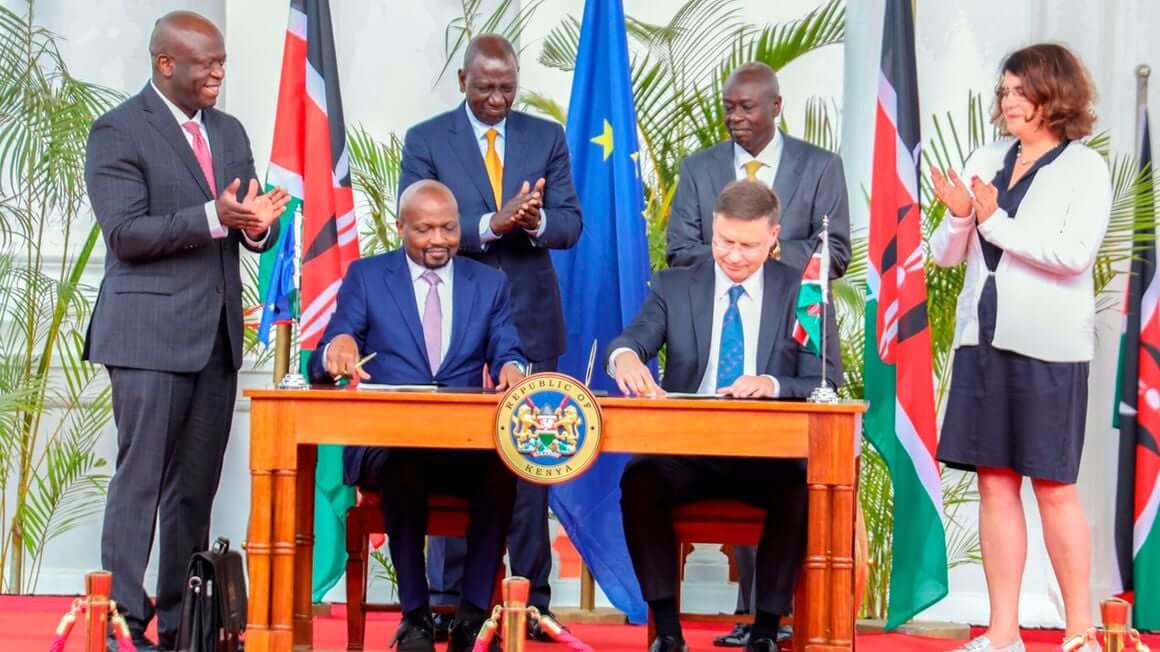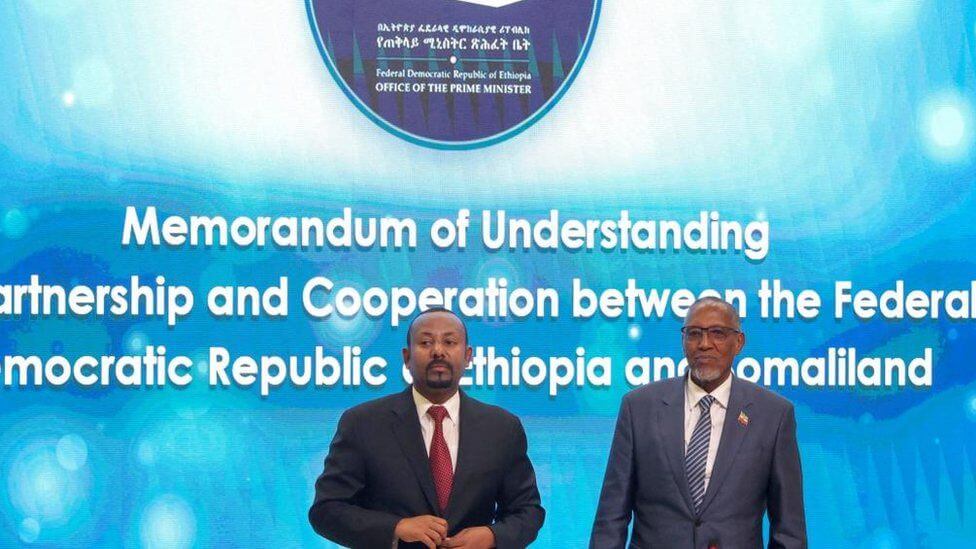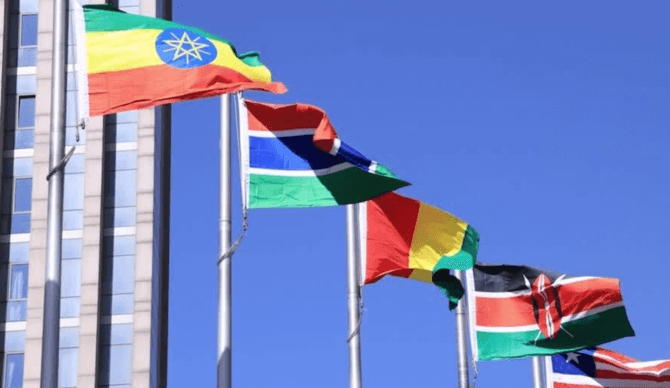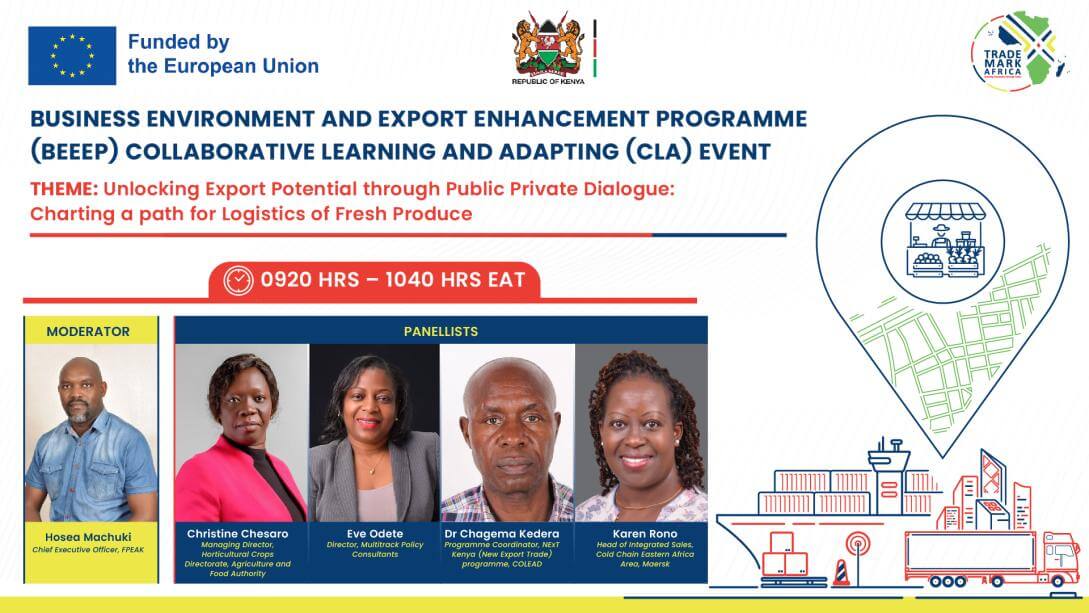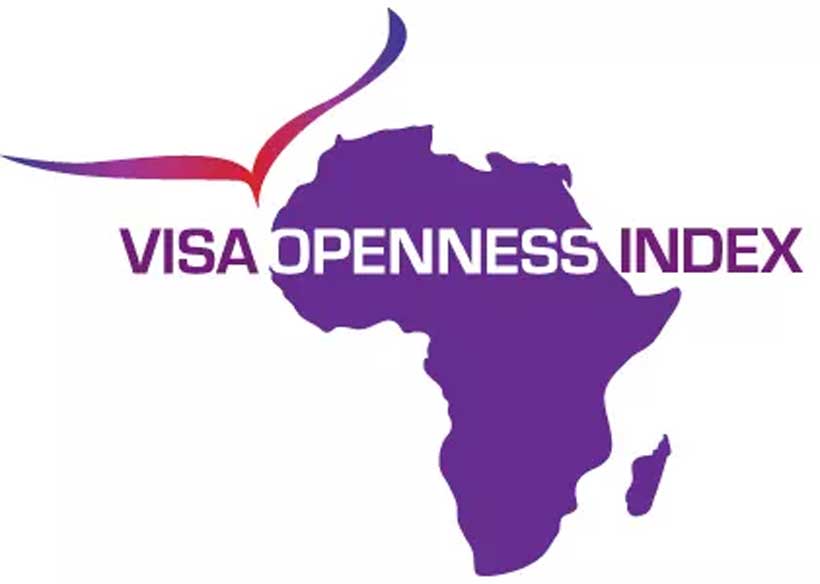The recently inked Economic Partnership Agreement (EPA) granting Kenya duty-free access for over 80 percent of exports into the European Union represents a milestone for the country. However, the unilateral nature of the pact and resulting tensions with regional partners underline the delicate diplomacy required to balance national and collective interests. As the largest East African economy, Kenya’s bigger challenge is converting preferential European access into an engine of growth for communities across the region. Given recent history, scepticism from fellow East African Community (EAC) members over Kenya forfeiting regional solidarity is understandable. The original EU-EAC EPA signed in 2014 was held up over reluctance by Tanzania and Uganda to open their markets, resulting in the current Kenya-specific deal. With other regional commitments like the AfCFTA also in play, this bilateral tactic reinforces impressions that the EAC lacks cohesion in engaging with external parties. There is concurrently a sense that Kenya leveraged its economic muscle to secure a sweetheart arrangement without considering regional impacts, especially around trade diversion. Kenya could, however, employ savvy diplomacy and commercial policies to change the narrative. Tanzania's and Uganda’s wariness stems from fears of losing tax revenues and being swamped by EU goods re-routed through Kenya. But with a 15-year transition period, gradual impact on regional tariffs and exemptions for sensitive sectors, these impacts can be jointly evaluated and managed. Open communication and data exchange with EAC authorities would build confidence in Kenya’s commitment to mitigate harm. More broadly, Kenya can spearhead collective gains by...
Managing regional relationships after the Kenya-EU trade deal
Posted on: January 4, 2024
Posted on: January 4, 2024

